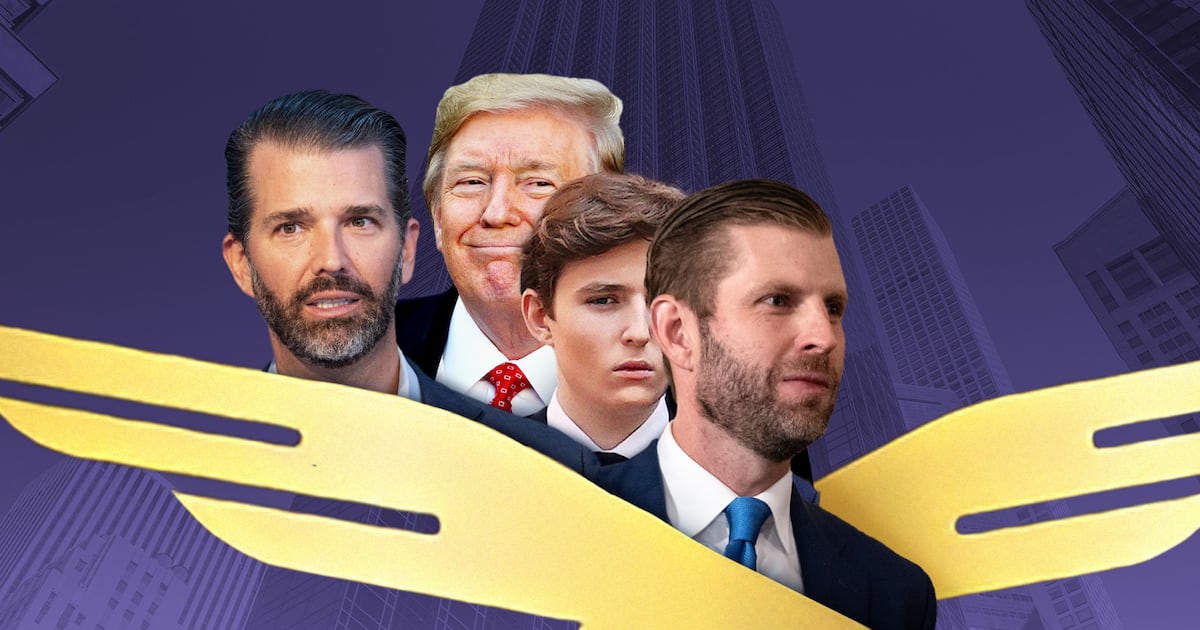Rachel Mealey: There’s been a surprise rebound in consumer inflation out this lunchtime, putting pressure on the Reserve Bank to leave interest rates higher for longer. Rather than slowing, headline inflation has defied forecasts by ticking higher to 3.6% in the 12 months to April. To take us through the figures, I’m joined now by the ABC’s Senior Business Correspondent, Peter Ryan. Peter, what does this tell us about the persistence of high inflation and where it’s coming from?
Peter Ryan: Well, Rachel, despite the earlier optimism, this tells us that inflation remains sticky, maybe entrenched. Now, most economists had been tipping headline inflation to fall to 3.4%, but instead it’s ticked up to 3.6% in the 12 months to April. Now, this could just be a blip, given that these numbers can bounce around, not as accurate as the quarterly inflation readings we see. But this is confirmation that getting inflation closer to the Reserve Bank’s 2% to 3% target band is incredibly tough and complicated. So the most significant price rises we’ve seen in April were housing up 4.9%, food and non-alcoholic beverages, 3.8%, alcohol and tobacco, 6.5%, and transport up 4.2%. Of course, none of this is going to be a newsflash to households who are hurting badly from the high cost of living, very high rentals and those painful mortgage repayments.
Rachel Mealey: Peter, how will the Reserve Bank be looking at these figures, given that that pressure to get interest rate cuts underway is very real for them?
Peter Ryan: Well, it probably means, Rachel, that any interest rate cuts will be kicked down the road, probably until early next year, maybe mid next year. Also, just a few weeks ago in the Federal Budget, Federal Treasury had predicted that inflation would probably slow to 2.75% by the end of the year. Now, that now looks a little bit uncertain, perhaps overly optimistic. And while the Reserve Bank will take the headline figure of 3.6% in its stride, they’ll be much more concerned about underlying inflation, and that number excludes volatile items like food, fuel and holiday travel. That’s because it remains stuck at 4.1% in April, unchanged from March. Another complication, remember there’s $23 billion in Stage 3 tax cuts from July 1. Much of this could be spent in the economy, and that might not help the Reserve Bank’s inflation fight. So on the basis of both headline inflation and underlying inflation remaining problematic, there’s a real risk that interest rates will stay high for longer. No more rate hikes, but no cuts this year either.
Rachel Mealey: And just briefly, Peter, we’re seeing that the economy is slowing, but how much more pain can Australian households take?
Peter Ryan: Well, you just have to look at our retail turnover for April out this time yesterday, basically flatlined with monthly growth of just 0.1%, the lowest level in two years. And the Bureau of Statistics noted that consumers are cutting back on things like alcohol, for example, moving from the top shelf to bargain bins or cheaper brands. And also the car retailer Peter Warren noting that consumer demand for new vehicles has fallen sharply as households conserve their cash.
Rachel Mealey: Peter Ryan, thank you.



